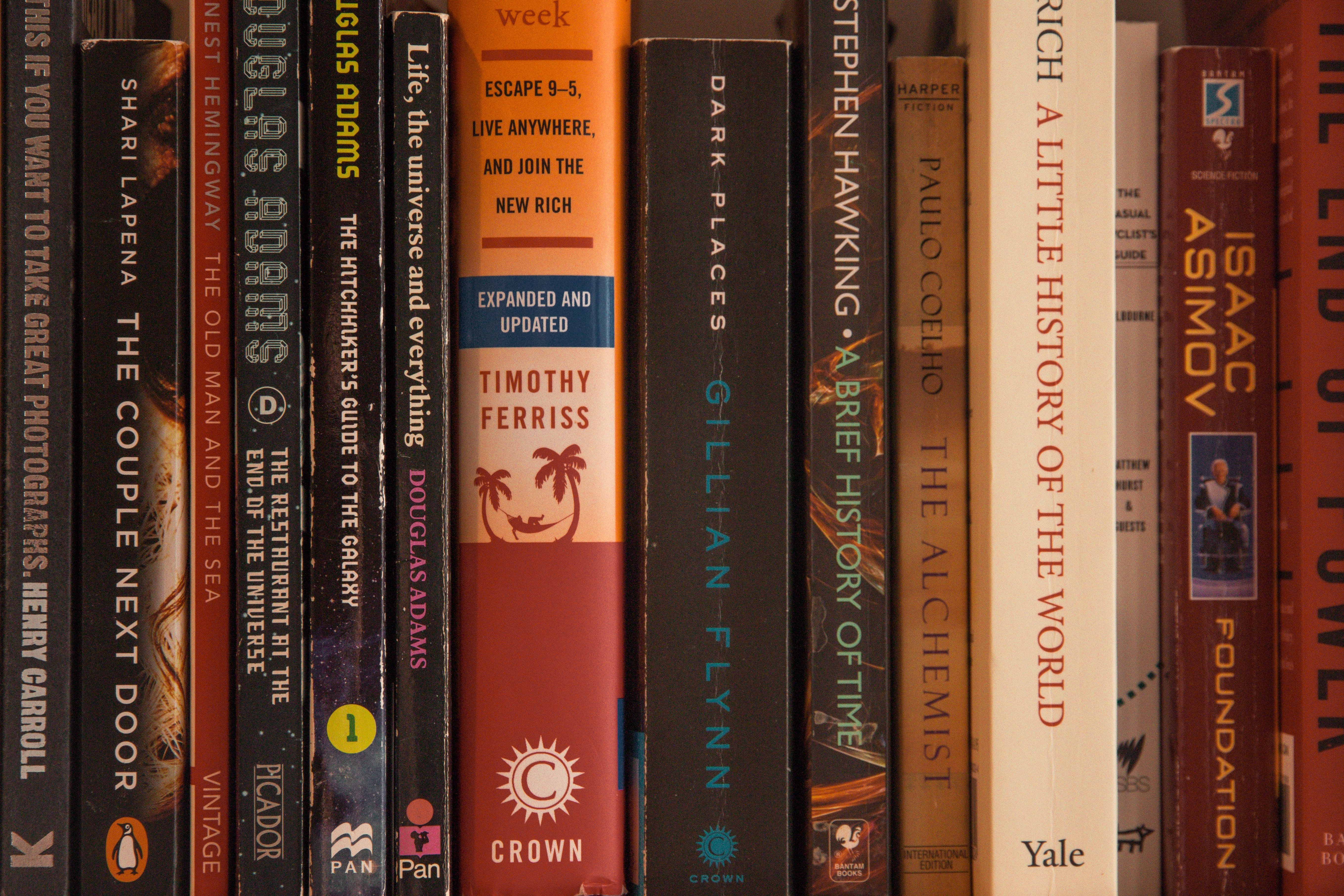It’s amazing that authors today not only can publish their own work, but there are very compelling reasons to choose self-publishing over traditional publishing (full control, ownership, increased royalties, etc). Here we assume you’ve already chosen to self-publish, but might be wondering what the best platform is for you. I’ll go through a few options and give you some things to think about.
Note that this is the fifth article in my self-publishing series. If you’re looking for more specifics about the process of self-publishing, check out the other articles starting with this one on drafting and editing.
Kindle Direct or Ingram Spark
The two 800-pound gorillas in the room of self-publishing are Amazon’s Kindle Direct Publishing and Ingram Spark. You can publish on one or BOTH platforms if you’d like because they have very different primary distribution channels. Let’s take a look at those differences to help you choose the best platform possible for you.
Kindle Direct Publishing (KDP)
If you want your book to be sold on Amazon, you’ll want to publish using KDP. Via KDP, you can create an eBook, paperback, and hardcover version to be sold exclusively online. This is a well-trodden path and there are plenty of articles describing exactly how to publish via KDP. Kindle has its own tool called Kindle Create that you can use to upload your eBook manuscript, or you can pre-format a Word Document, then upload your manuscript and book cover to KDP. I wouldn’t call the formatting process easy, but it wasn’t terrible either. I found publishing through Amazon to be fairly straightforward. Your big decisions with KDP will be which format(s) to create, whether to include your books in the Kindle Select Program, and which of two royalty plans to choose.
Kindle Select allows you to include your book in an online library filled with thousands of other books. Members can read as many as they want each month and authors get paid based on how many pages of your book is read. You can also offer promotions that aren’t available for other books. For certain types of books, this is an amazing option. It’s important to research whether Kindle Select will be right for your book and note that if you plan to offer your book on other platforms, you will not be eligible for Kindle Select.
Why Publish on Amazon?
The main reason to publish on Amazon is its global reach. When was the last time you drove to a bookshop to buy a book before you looked for it on Amazon? Aside from visiting independent bookstores simply to browse and support them, I haven’t been to an actual bookstore in years and for most book genres, your readers haven’t either. I published my non-fiction tech book for students and the technical crowd. For me, publishing on Amazon was a no-brainer.
A Note About ISBNs
Amazon is happy to provide you with an International Standard Book Number (ISBN) which you’ll need to publish a paperback or hardcover version. Just keep in mind that if you plan to sell your book on other platforms, you will need to purchase your own ISBN from bowker.com and use that. You can find out more about ISBNs here.
Ingram Spark
Ingram Spark’s distribution channel is largely libraries and bookstores, though they offer eBooks as well. If you want to see your book in stores and libraries, publish via Ingram Spark. There are other benefits too and some drawbacks. For instance with physical books that aren’t print-on-demand, you have some unique decisions to make. What happens when the bookstore doesn’t sell all their books? And what happens when a user returns your book?
Again, you can publish your book on KDP and Ingram Spark. I’m still planning to create an Ingram Spark version of my book, but I started with Amazon because that’s where my target audience largely buys books. Until I do that and can offer more advice about Ingram Spark, check out this very detailed comparison of the two platforms and choose based on what’s most important to you!
Self-Publish On Other Platforms
There are many, many other platforms that are happy to help you publish your self-published work. Barnes & Noble Press, Blurb, Apple Books, PublishDrive, and Rakuten Kobo are a few of the bigger ones. The only one I have a tiny bit of experience with is Blurb. We published our anthology via that platform. The ladies that did the editing said Blurb was cumbersome to work with and it didn’t publish directly to Amazon like we thought it would. I guess what I’m trying to say, is you probably don’t want to use Blurb. Given that KDP and Ingram Spark are largely the only two platforms that my writing group of hundreds of people consider, I’d recommend you start looking at them and expand your research if you find any dealbreakers for your specific situation.
If you haven’t honed in on a place to publish yet, I hope this article was helpful. Next week, we’ll dive into how to format your eBook for publication via KDP!

2 thoughts on “Deciding Where To Self-Publish Your Book”
Thanks Amber. Succinct and helpful. I’m still dithering Amazon vs Ingram …. so I’ll be marking this for future reference. Write On!
Perfect! I am still planning to do Ingram too so I may have more gems to share after going through it! Glad this was useful!
Comments are closed.